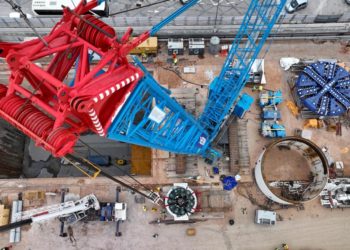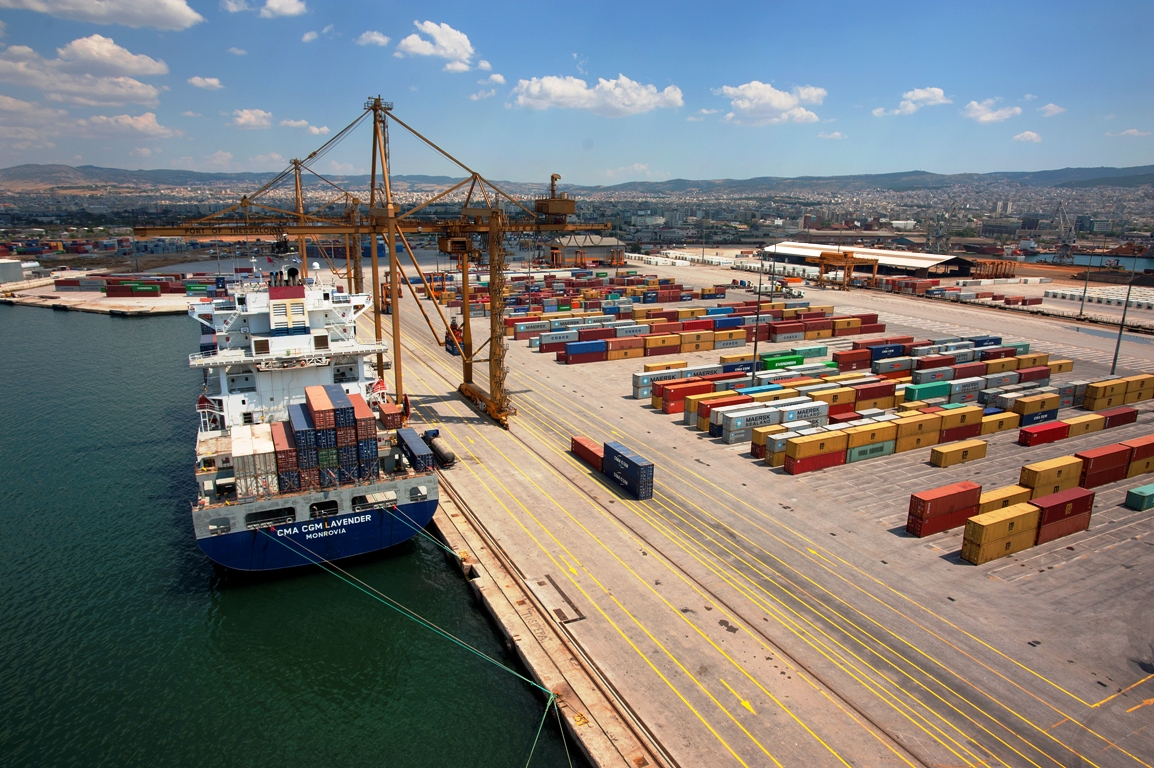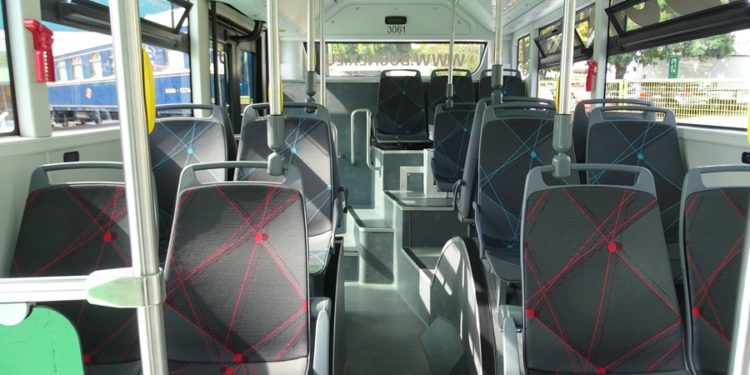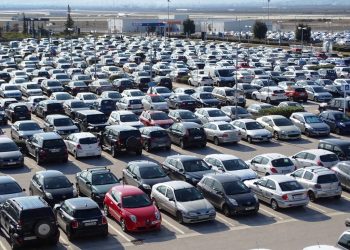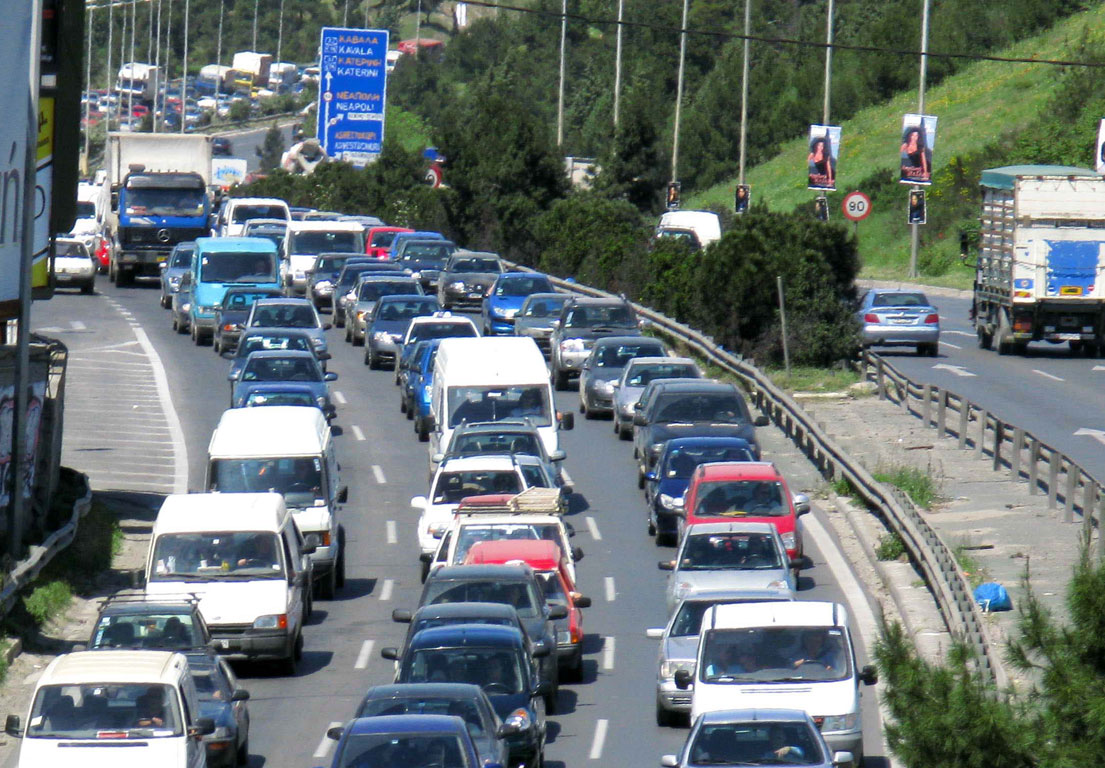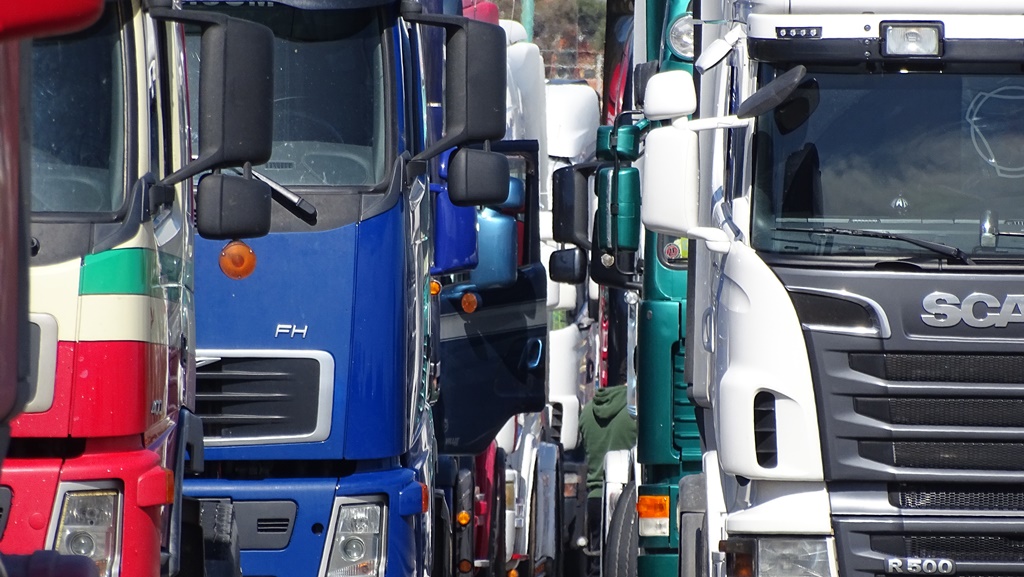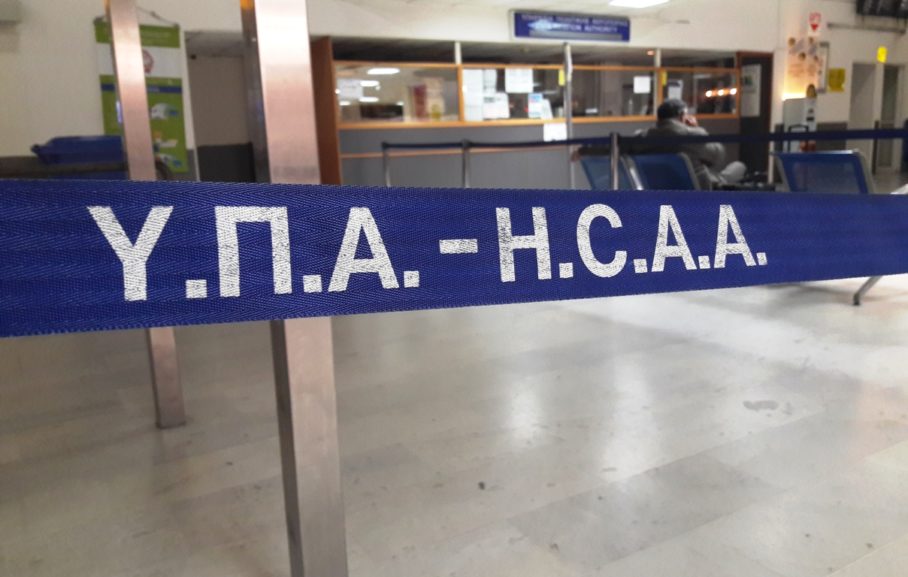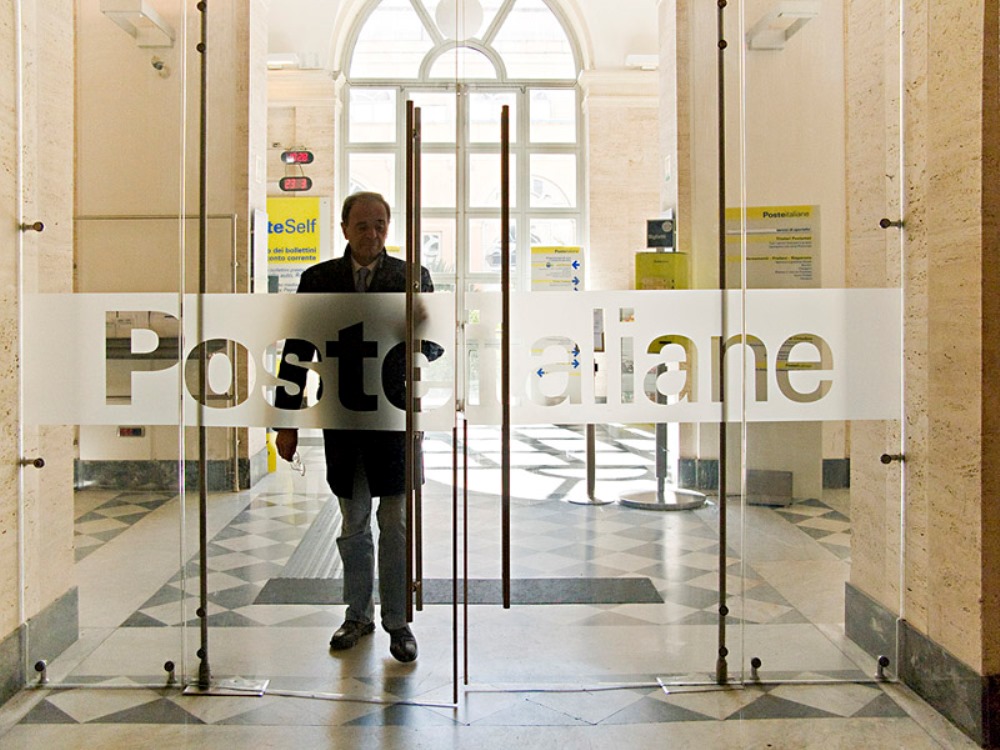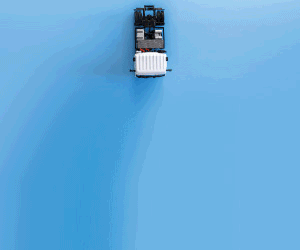Public and private road transport organisations and vehicle manufacturers are calling on the EU to acknowledge the differences between urban and interurban buses and set realistic decarbonisation targets for regional buses.
Class II buses have low-floor and interurban profiles that serve a distinct purpose in regional public transport. Interurban buses are typically larger than urban buses. They cover longer routes, up to 600km, and cater to different transport needs.
In a joint letter to the Chair of the European Parliament’s ENVI Committee and the Presidency of the Council, IRU, the International Association of Public Transport (UITP) and the European Automobile Manufacturers’ Association (ACEA) have called on the EU to differentiate between urban and interurban buses (Class II low-floor buses) and set a realistic decarbonisation plan for regional buses.
IRU Director EU Advocacy Raluca Marian said, “Interurban buses are not city buses. Their functionality is closer to coaches than the buses serving our cities.
“Zero-emission vehicles need charging infrastructure along their routes. Depot charging, used for urban buses, does not work for them.
“We’re asking the EU to set realistic decarbonisation targets for interurban buses as the required infrastructure is not on track to be ready by 2030.”
“Road transport organisations and vehicle manufacturers are simply seeking a correction to the Commission’s CO₂ standards proposal to exclude interurban buses from the definition of urban buses. This approach is consistent with the related Clean Vehicles Directive, which sets purchasing targets only for city buses,” highlighted Raluca Marian.
“Regional public transport is precious to society and a sustainable mode of transport for the mobility of people. Decarbonising interurban buses at a viable pace is vital to its continuity,” she added.
(IRU)

